Charming Salzburg is one of the Baroque architectural gems of the world, and as a traveler you can almost hear Mozart’s fantastic compositions in the streets. Everywhere in the old town you will be greeted by breathtaking buildings that clearly showcase the wealth the city has maintained throughout history.
The archbishops lived here and built impressive churches, fine castles and elegant squares, and as the top of everything, they laid out prestigious parks and built many sculptures to beautify the city. All this remains today, and with the city’s surroundings hills, you can easily enjoy Salzburg’s elegant skyline from several vantage points.
Salzburg is, for many, the equivalent of classical music and other culture, and as Mozart’s birthplace it do has a lot to offer. It all culminates with the world-famous festivals that are recurring events. At the festivities the city stands in the sign of music, and also at other times of the year you can enjoy church concerts and so on.
The Hohensalzburg Fortress is at the top of the city on a hilltop. It is like an old castle with its towers and defense walls. Hohensalzburg was also a residence, so there is a lot of different things to see and experience on a trip to there; which may be with funicular railway from the streets of the city.
Salzburg is beautifully nestled between small mountains and with the meandering run of the Salzach River through the center. It is beautiful, and it is easy to find great nature in the vicinity of the Austrian city. Immediately south of the city, the Alps rise to great heights, and you can make a day trip to German Berchtesgaden or the lovely Lake Königssee.
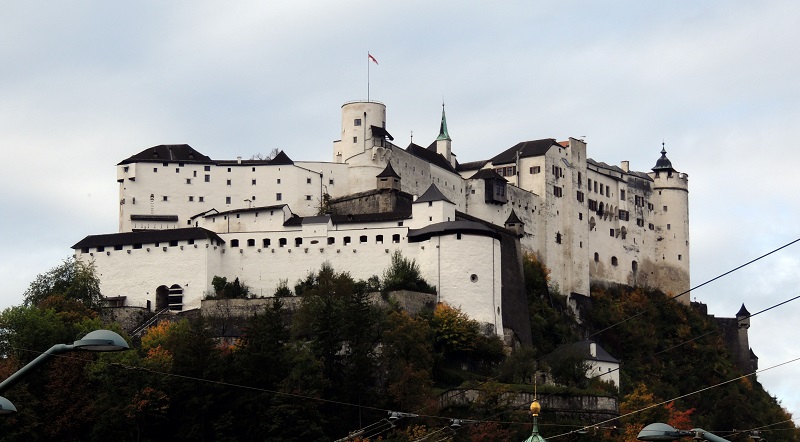
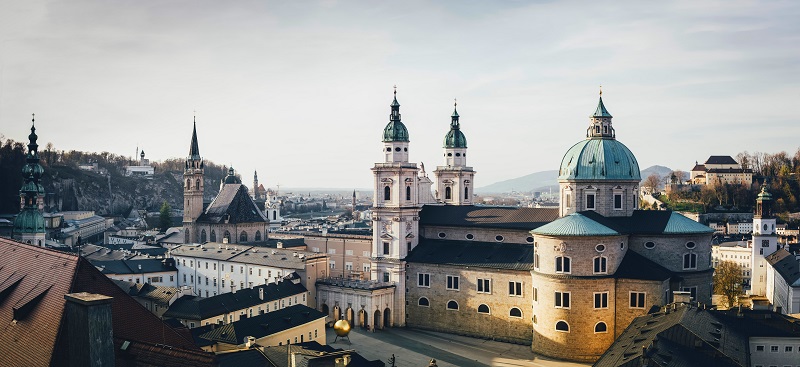
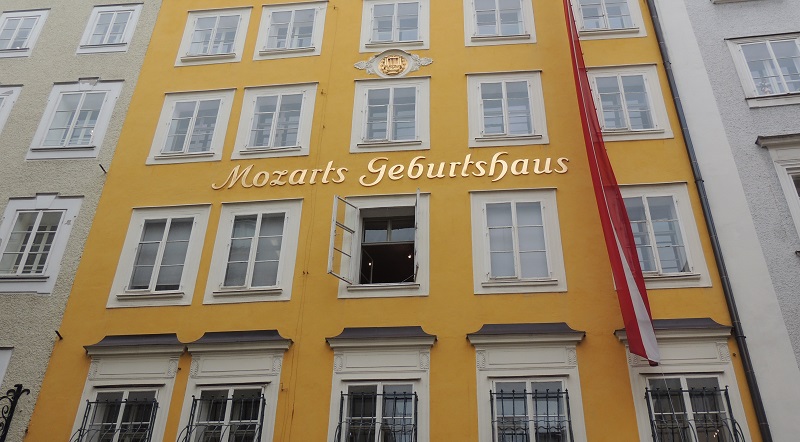
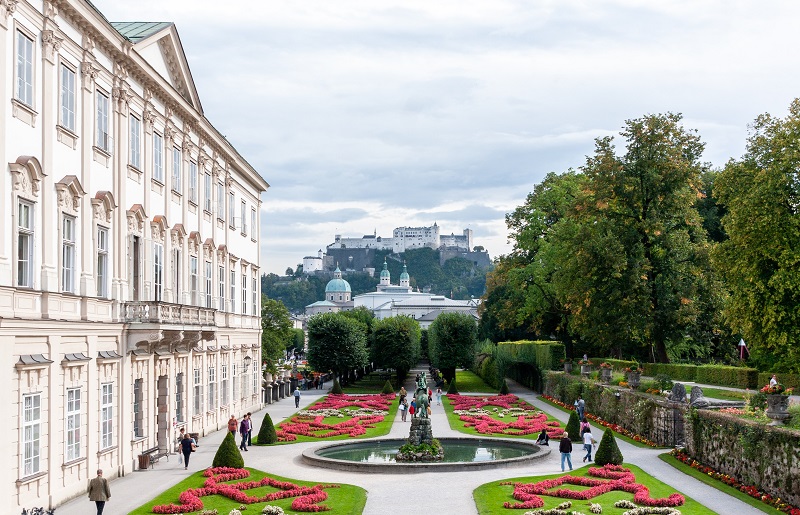
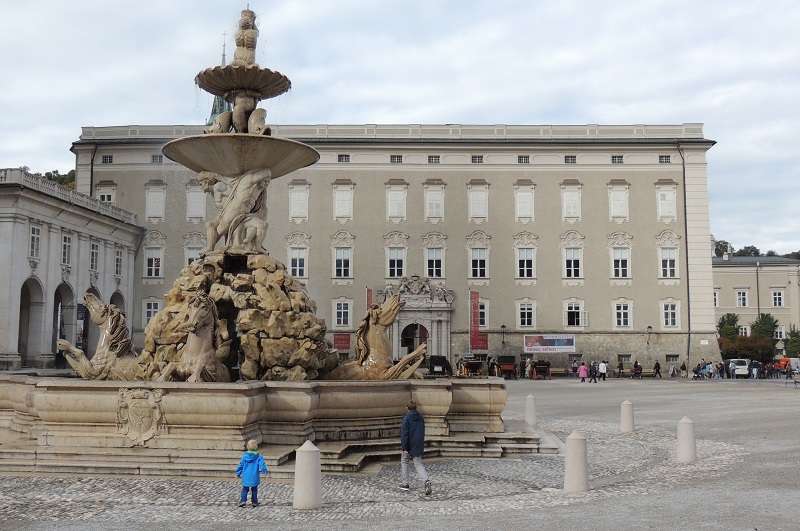
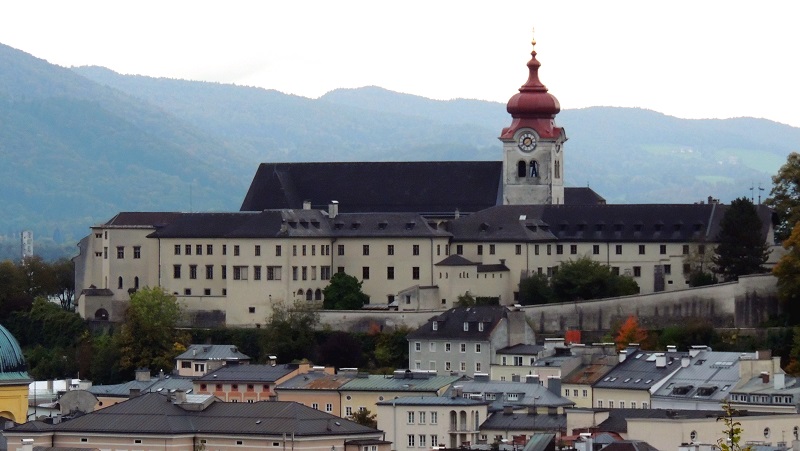
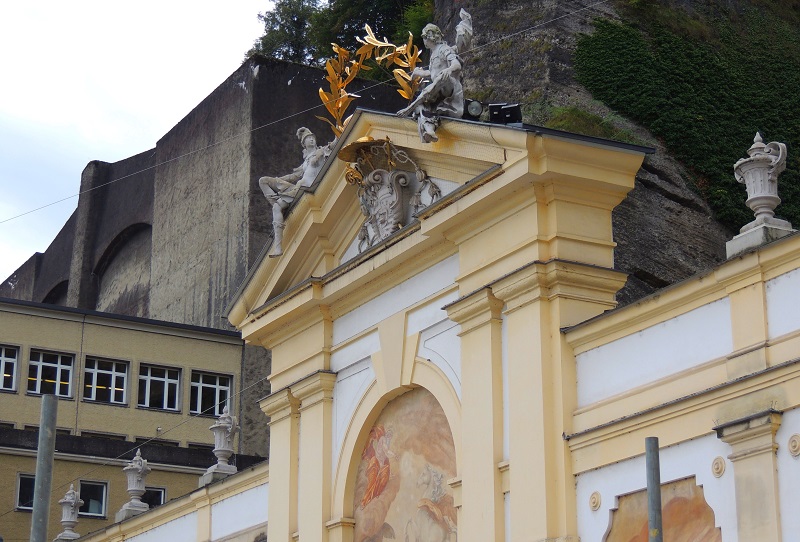
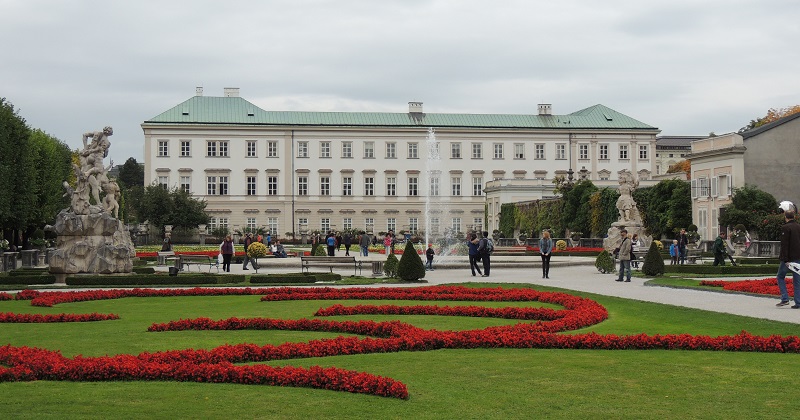
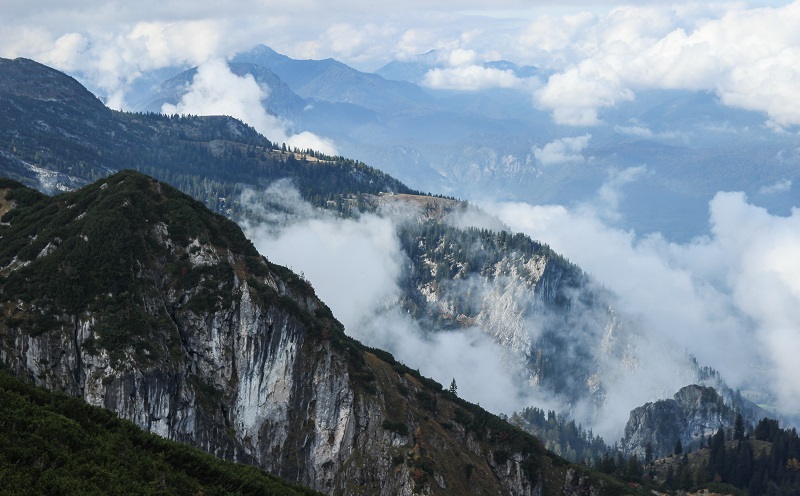
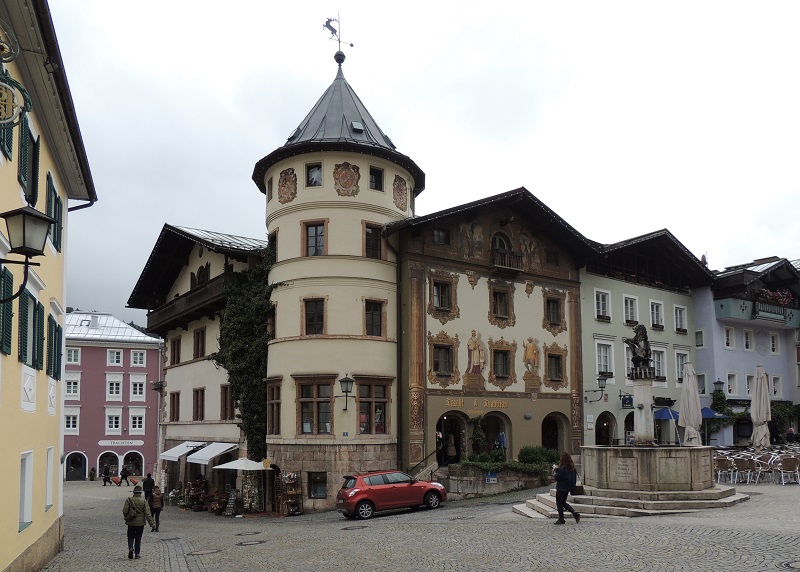
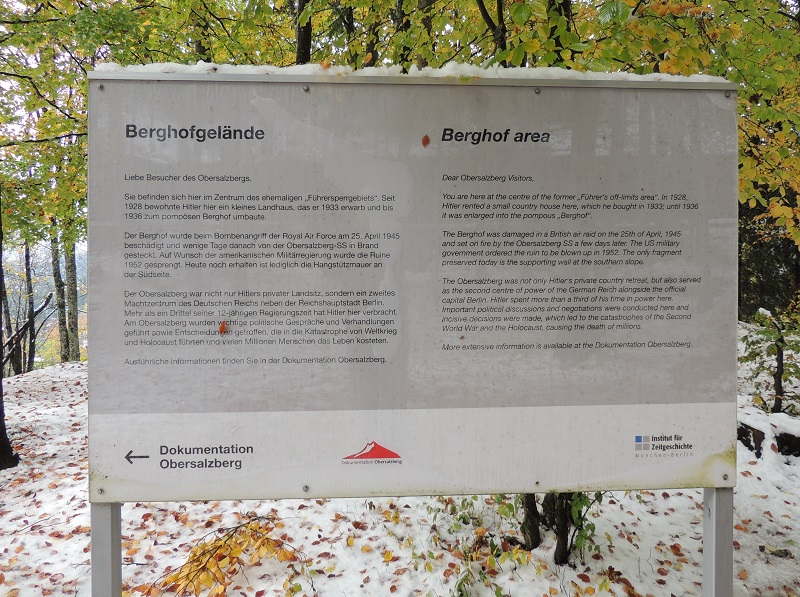
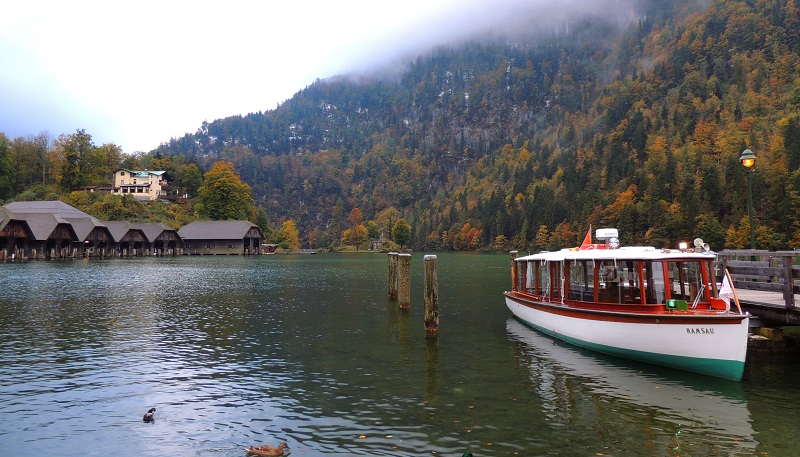
Previous settlements
There have been settlements in the Salzburg area since the recent Stone Age, but it was not until the Hallstatt period that lasted between 1000-450 BC that a real permanent settlement was founded. It was not least due to large salt discoveries around Dürrnberg that led to a large trade.
Under Roman emperor Claudius, who ruled in the years 41-54, Juvavum, later Salzburg, received city rights. Juvavum was a modest Roman city that had military premises. After the fall of the Roman Empire, the city’s role was played out and it was effectively abandoned.
Salzburg is founded
About 470 a monastery of St. Severin was founded, and in 696 St. Rupert came to the site and erected St. Peter’s Church. He renovated and expanded the city’s monastery, and St. Rupert is now considered the founder of the present Salzburg.
In the 7th century, Karl the Great Salzburg became the residence city of the Bavarian dukes, and after that status followed a bishop’s seat, and then the bishops ruled the city. Bishop Virgil had the city’s first cathedral erected, and with the city’s status and rapid development it became one of the largest in France.
Throughout the following centuries, Salzburg flourished, and in 1077 began the construction of the Hohensalzburg fortress, built on the site of the former Roman military camps.
Fire and reconstruction
With Frederick Barbarossa’s siege and burning of Salzburg in 1167, the city’s development slowed for a time. Salzburg was to be rebuilt and as part of the large-scale reconstruction plan, a new cathedral was erected.
In the 1200-1600s, several defense works were erected and continuously expanded. It was not least in the form of city walls that could ensure the consolidation and development of Salzburg, which flourished again after the destruction in 1167. Among other things, efforts were made to develop the city’s cultural life.
Wolf Dietrich von Raitenau and the Baroque
Salzburg were ruled by the archbishops with direct reference to the emperor. That status gave the city considerable powers to stimulate its own development, and as Salzburg maintained trade relations with the whole kingdom, it was a favorable position.
Throughout the 17th and 18th centuries, Salzburg gained much of its current unique Baroque appearance and atmosphere. It was Archbishop Wolf Dietrich von Raitenau who, at the beginning of the period, drew up a large-scale city plan for almost a whole new city.
Subsequently, other archbishops, primarily Markus Sittikus von Hohenems and Paris Lodron, completed Wolf Dietrich’s plan. Hundreds of churches, palaces and mansions date from this time.
Wolfgang Amadeus Mozart
In 1756, Salzburg’s most famous urban child was born. Later composer Wolfgang Amadeus Mozart came to the world in the central city and you can still visit his birthplace in Getreidegasse. In 1842, the city of Mozart commemorated the erection of a monument in his memory at the newly named Mozart Square.
In connection with the Napoleonic Wars, Salzburg’s status as its own diocese ceased. The city became part of Austria’s Habsburgs in 1816, and with it the political power was moved to Vienna. Two years later, in 1818, much of Salzburg was destroyed by a fire, and once again a reconstruction work had to be completed.
The 19th-19th century Salzburg
Culturally, these years, painters of the romantic school are taking an interest in Salzburg’s special atmosphere, and the city is once again a gathering place for many artists. Musically, the world-renowned and popular Christmas song Happy Christmas is played for the first time in Salzburg’s St. Nicholas Church.
In 1920, the first of the annual recurring party games were organized, whose performances are one of the city’s and the world’s leading cultural events within its kind. Over the years, many of the masters of music have contributed to the festival, not least Herbert von Karajan, who founded the Easter Festival in 1967.
During World War II, Salzburg was exposed to aerial bombardments in 1944-1945. The city was quickly rebuilt and it developed into one of Austria’s leading trading centers in the years after World War II.
Salzburg Today
In recent decades, Salzburg’s cultural life has flourished once again. The expansion with several festival halls was completed in 1960, and in 1964 the film Sound of Music was recorded in the city, which still attracts many travelers who want to experience the film’s locations and atmosphere.
Salzburg is Austria’s regional political and economic center, and a number of impressive modern buildings have been erected in recent decades to complement the unique Baroque city of Mozart’s time.
Overview of Salzburg
Charming Salzburg is one of the Baroque architectural gems of the world, and as a traveler you can almost hear Mozart’s fantastic compositions in the streets. Everywhere in the old town you will be greeted by breathtaking buildings that clearly showcase the wealth the city has maintained throughout history.
The archbishops lived here and built impressive churches, fine castles and elegant squares, and as the top of everything, they laid out prestigious parks and built many sculptures to beautify the city. All this remains today, and with the city’s surroundings hills, you can easily enjoy Salzburg’s elegant skyline from several vantage points.
About the upcoming Salzburg travel guide
About the travel guide
The Salzburg travel guide gives you an overview of the sights and activities of the Austrian city. Read about top sights and other sights, and get a tour guide with tour suggestions and detailed descriptions of all the city’s most important churches, monuments, mansions, museums, etc.
Salzburg is waiting for you, and at vamados.com you can also find cheap flights and great deals on hotels for your trip. You just select your travel dates and then you get flight and accommodation suggestions in and around the city.
Read more about Salzburg and Austria
Buy the travel guide
Click the “Add to Cart” button to purchase the travel guide. After that you will come to the payment, where you enter the purchase and payment information. Upon payment of the travel guide, you will immediately receive a receipt with a link to download your purchase. You can download the travel guide immediately or use the download link in the email later.
Use the travel guide
When you buy the travel guide to Salzburg you get the book online so you can have it on your phone, tablet or computer – and of course you can choose to print it. Use the maps and tour suggestions and you will have a good and content-rich journey.
Beautiful Baroque • Museums • Mozart • Mirabell Palace • Hohensalzburg
Overview of Salzburg
Charming Salzburg is one of the Baroque architectural gems of the world, and as a traveler you can almost hear Mozart’s fantastic compositions in the streets. Everywhere in the old town you will be greeted by breathtaking buildings that clearly showcase the wealth the city has maintained throughout history.
The archbishops lived here and built impressive churches, fine castles and elegant squares, and as the top of everything, they laid out prestigious parks and built many sculptures to beautify the city. All this remains today, and with the city’s surroundings hills, you can easily enjoy Salzburg’s elegant skyline from several vantage points.
About the upcoming Salzburg travel guide
About the travel guide
The Salzburg travel guide gives you an overview of the sights and activities of the Austrian city. Read about top sights and other sights, and get a tour guide with tour suggestions and detailed descriptions of all the city’s most important churches, monuments, mansions, museums, etc.
Salzburg is waiting for you, and at vamados.com you can also find cheap flights and great deals on hotels for your trip. You just select your travel dates and then you get flight and accommodation suggestions in and around the city.
Read more about Salzburg and Austria
Buy the travel guide
Click the “Add to Cart” button to purchase the travel guide. After that you will come to the payment, where you enter the purchase and payment information. Upon payment of the travel guide, you will immediately receive a receipt with a link to download your purchase. You can download the travel guide immediately or use the download link in the email later.
Use the travel guide
When you buy the travel guide to Salzburg you get the book online so you can have it on your phone, tablet or computer – and of course you can choose to print it. Use the maps and tour suggestions and you will have a good and content-rich journey.




Similar to Salzburg Travel Guide
There are no listings matching your search.
Reset